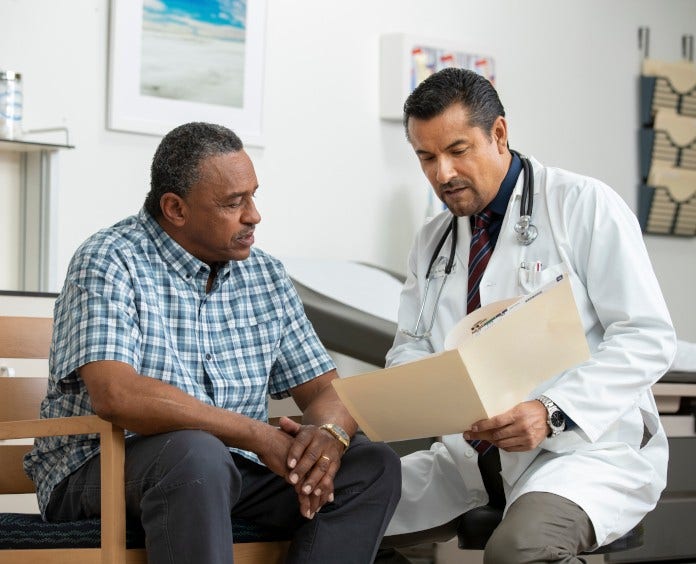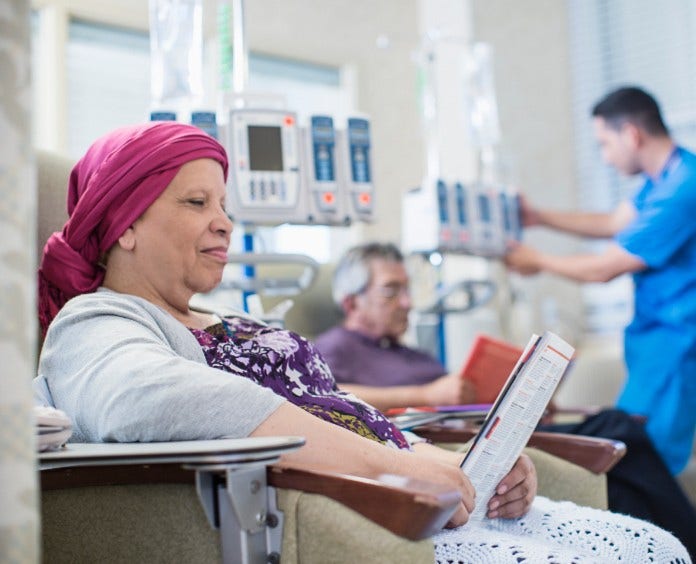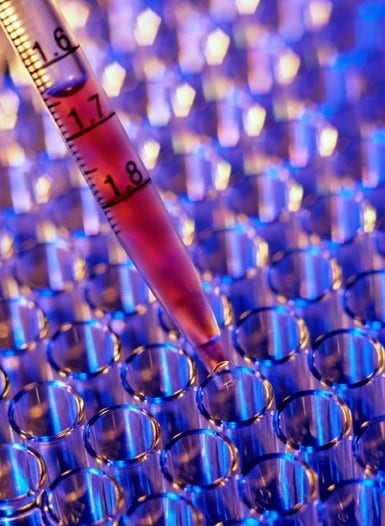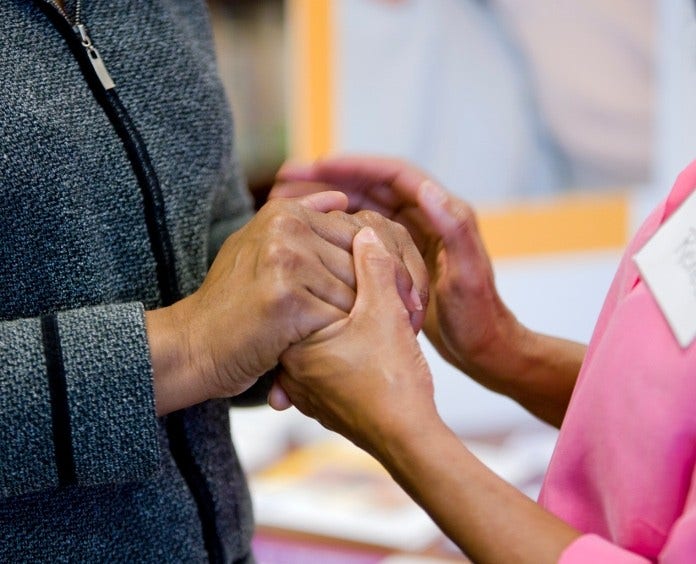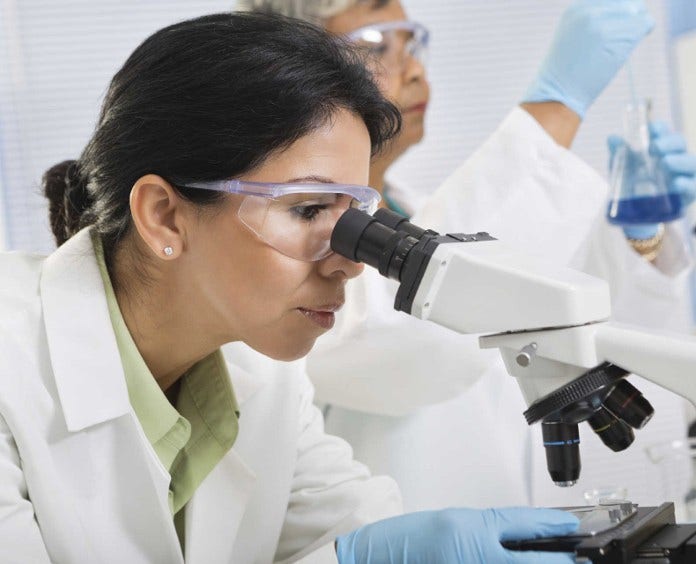Chronic Myeloid Leukemia (CML)
Chronic myeloid leukemia (CML) is also known as chronic myelogenous leukemia. It's a type of cancer that starts in the blood-forming cells of the bone marrow and invades the blood. About 15% of leukemias in adults are CML.
This information is possible thanks to people like you.
We depend on donations to keep our cancer information available for the people who need it most.
